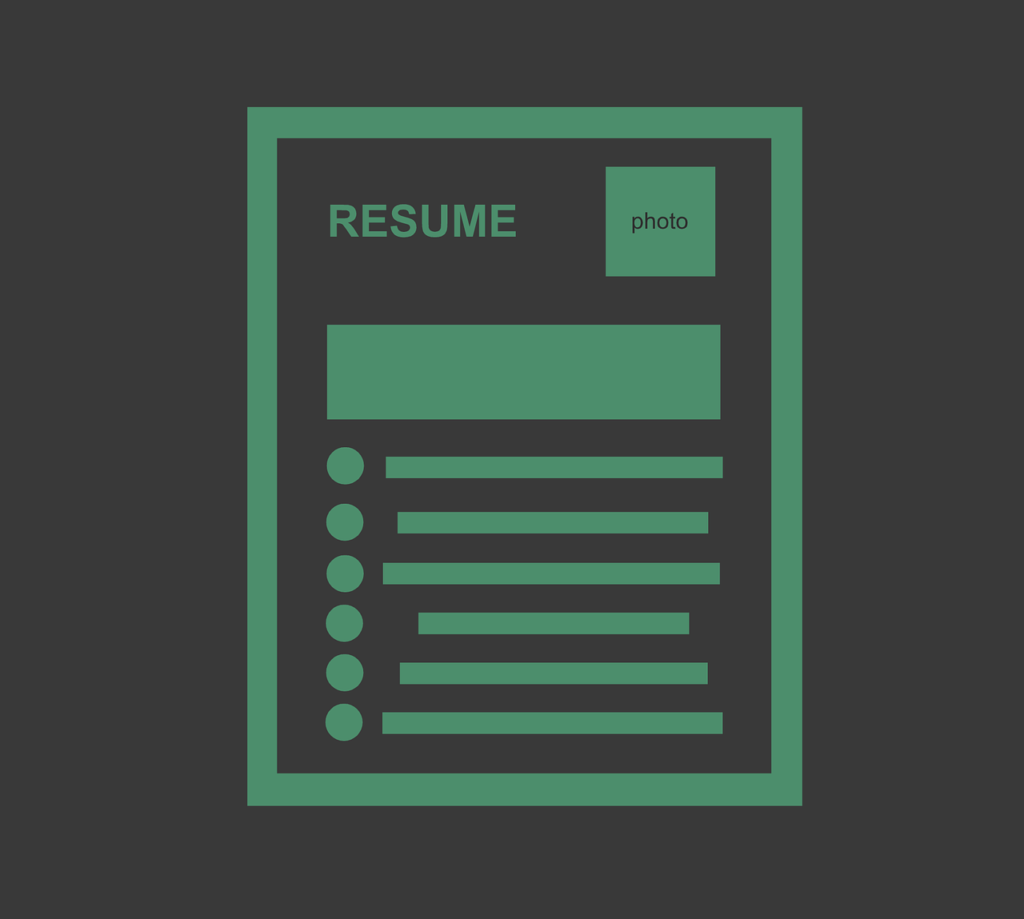Recruitment can be a costly process. According to one study, the average cost-per-hire is $4,129.
It’s important for HR professionals to take all the necessary steps when seeking new talent. That means investing time, money, and effort into the process, but finding the right person to fill a position is invaluable. Particularly when it comes to critical roles, selecting the wrong person can handicap your organization completely.
That said, it’s also important to reduce spending on recruitment when possible. Fortunately, there are ways that HR pros can spend less on recruitment without cutting corners. The following tips will help you achieve this goal.
Make It Easy to Apply Through Your Career Portal
Posting listings on Internet job boards such as LinkedIn, Indeed, CareerBuilder, and the like is a common way to attract potential candidates. However, it can also be expensive. Many of these job boards charge a fee for listing an opening—LinkedIn, for example, charges a few hundred dollars per posting, depending on your location and the job title.
You can limit these costs to some extent by developing an easy-to-use career portal on your company’s website. If a candidate can easily apply for a position with your organization through your career portal, you may be able to rely less on third-party sites to advertise jobs.

Reward Referrals
Your current employees probably know other people who have the skills necessary to succeed at your company. Thus, you might consider rewarding employees for referring candidates if they turn out to be good matches. Yes, this will typically involve some sort of monetary bonus, but it can also be less costly and more efficient than other methods of finding talent. Referral programs are also a good way to make employees feel more invested in the success of the company, and to feel like the company needs and values their support.
Write a Good Job Listing
Putting in the time to write an engaging job listing will help you find the perfect applicant more quickly. Be honest about what the job entails (you don’t want unqualified people applying), describe the responsibilities thoroughly, and explain the degree to which the position offers advancement opportunities. In addition, talk about your company, its key products, its customer base, any points of pride, and the organizational mission.
Don’t forget to explain how to apply for the position; note any deadlines for applications and include the contact information of someone who can field questions from applicants. No matter what information you include, be sure to be specific—a vague, general description of the job will both bore and confuse potential applicants. At the same time, don’t overwhelm applicants with too many details. Make use of lists to improve readability as well.
Conduct Video and Phone Interviews
Finding time to schedule an interview in the office with a candidate is often difficult. That’s why you should also rely on video and phone interviews to narrow down your list of potential candidates. In some instances, you may even be able to decide whether someone is a good fit for the team through a video interview alone.
This won’t be possible in all situations; sometimes you need to meet someone face to face to truly get a sense of who they are and what they bring to the table. However, when recruiting for certain less critical roles—or when the candidate has already been vetted by trusted employees— it can help you cut recruiting costs.
Focus on Retention
You’ll spend less money recruiting new employees if you keep those you currently have. That’s why it’s important to research new ways to boost retention. It’s worth noting that younger workers have different expectations than employees from older generations. As such, you can’t assume that retention strategies that worked in the past still apply now. Be proactive about learning how to keep your workers satisfied and engaged.
This also offers benefits when you do need to fill open positions. If your employees enjoy working for your company, they’ll be much more likely to say positive things about it to friends, family, and anyone else they meet. It may sound simple, but positive word-of-mouth is priceless. It helps you develop the kind of reputation that attracts enthusiastic, qualified talent.

Remember Talented People
Sometimes an applicant has several strengths, but isn’t the ideal fit for the position they’re interested in. Many HR professionals simply forget about these applicants. However, you’re better off keeping these individuals’ resumes, as well as any notes you’ve taken during their interviews. These candidates may be a great fit for another position in the future, even if they didn’t get the first job they applied for. In any case, it’s never a bad idea to keep tabs on talented local people in your industry.
Define Your Goals
Don’t make the mistake of thinking you’ll magically know what you’re looking for in an applicant when you see the right person. You’re better off figuring out exactly what you want even before you advertise the job. With clear goals from the start, you’ll spend less time trying to decide who’s the best fit for a role.

